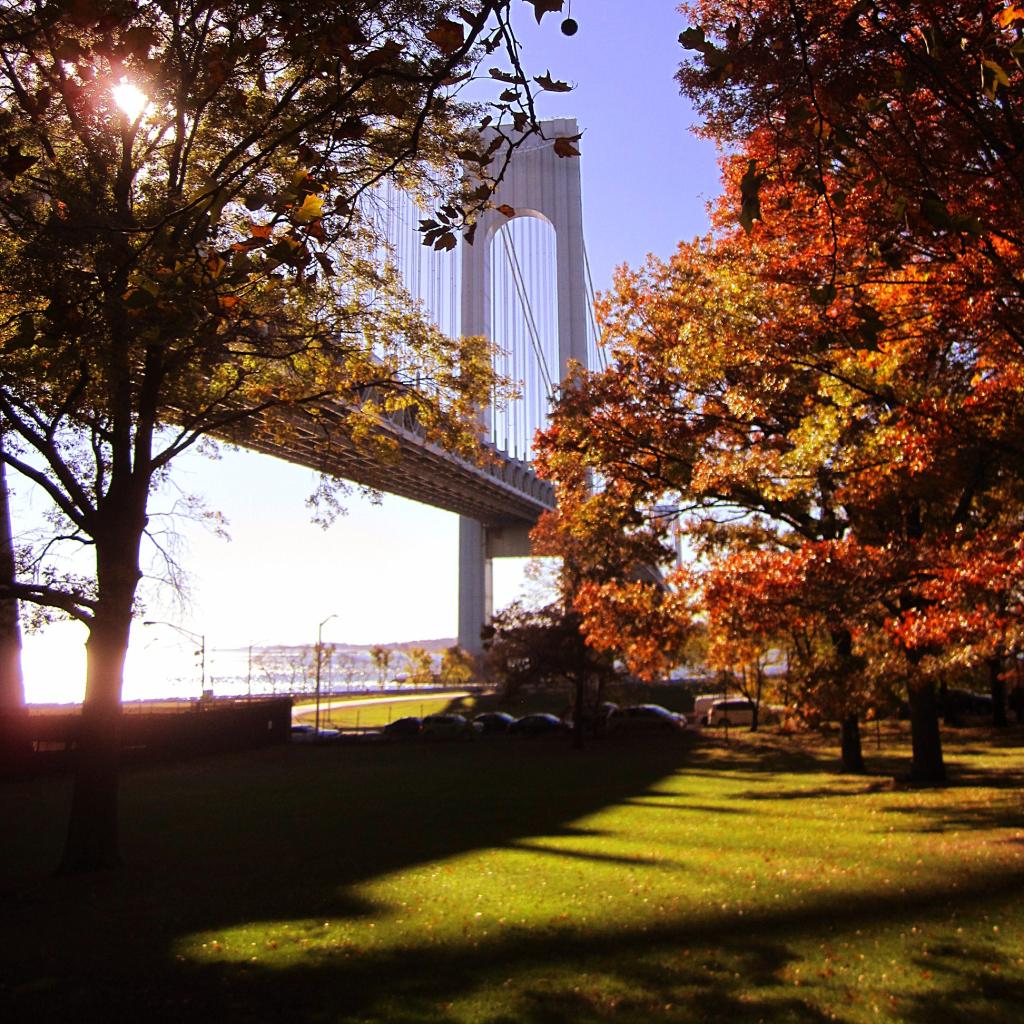Power Plants
77 WABC-1965 Northeast Blackout-DAN INGRAM
Today marks 54 years since the Great 1965 Blackout. The power didn't go instantly, instead the frequency of the alternating current dropped as parts of the grid failed and remaining generators still online tried to crank out sufficient current to keep the lights running. As radio stations were using tape decks back then, as the frequency of the alternating current slowed, you can actually hear the tape recording of Jonathan King's "Everybody's Gone to the Moon" slow down. It was a perfect song to be playing on that night, because it was a full moon.
More thoughts on a High Voltage DC Power Grid
The other day, I mentioned that with thyristors connected to buck and boost converters, we could have built a much more efficient Direct Current electricity grid without the inherent losses from impedance with Alternating Current. We use 60 Hz AC mainly because it works well with (large) mains transformers and has a relatively low impedance, but it still has a lot of losses from impedance compared to direct current — and causes radio noise and hum. A high-voltage, direct current grid would not only be more efficient, you could bury direct-current lines easier, and not have to worry about storm damage.
The one issue I didn’t really address is the inherent dangers of high-voltage direct current — namely the difficulty of quenching arching, due to the lack of zero voltage crossing point. Direct current, especially high voltage direct current is difficult to break, as if you break mechanically, it will arc over — quite a long distance as the natural quenching of the zero voltage crossing point doesn’t exist like with AC. You can safely break a DC current using a thyristor, but what happens if a power line mechanically fails? It could arc over for some time, before fully breaking, causing enormous amounts of heat to be produced in the mean-time, turning large sections of wire into plasma. A high-voltage alternating current line might arc over and burn for a while, but it would relatively quickly break the connection, once enough of the line vaporized and sufficient air gap existed and the zero-point was crossed.
I often wonder if low cost thyristors existed in the first half of the century to produce buck and boost converters if the electrical grid would use direct current.
I often wonder if low cost thyristors existed in the first half of the century to produce buck and boost converters if the electrical grid would use direct current. High voltage DC doesn’t suffer from impedance, although it is more dangerous to touch as there is no zero point for seized muscle of a human to release themselves from it. High voltage DC is also much more difficult to break with a mechanical switch, due to a lack of zero point to prevent arcing, which is why they usually use thyristors rather than mechanical switches to break DC current.
Southwestern Power Administration – Wikipedia
I never heard about the Southwestern Power Administration. It was a creation of Sam Rayburn, it's like a small Tennessee Valley Authority but only is in the hydroelectric and power distribution business. It still distributes low cost power to mostly municipal power systems serving 8 million customers.
History of NEW YORK STATE ELECTRIC AND GAS CORPORATION – FundingUniverse
New York State Electric and Gas Corporation (NYSEG) serves central, eastern, and western New York State, an area which, though mostly rural, includes the cities of Binghamton, Elmira, Corning, and Ithaca. Its territory includes one-third of the state's land area and a tenth of its population. With more than 775,000 electric customers and almost 220,000 gas customers, NYSEG serves a diversified population of industry, agriculture, recreational facilities, and colleges and universities.
NYSEG traces its history back to October 28, 1852, when six Ithaca businessmen pledged a total of $75,000 and incorporated as the Ithaca Gas Light Company. The fledgling company soon laid mains and built a coal gas plant. In 1853 Ithaca's streets saw their first lamps.
Elon Musk knew SolarCity was going broke before merger with Tesla, lawsuit alleges – Los Angeles Times
When Tesla bought SolarCity in November 2016, Elon Musk billed the deal as a match made in green energy heaven: Combine a hot electric car company with the nation’s then-largest provider of solar rooftop panels to create a one-stop shop for clean energy customers.
What Musk did not discuss at the time was that SolarCity was in deep financial trouble.
Just weeks after the merger, SolarCity auditor Ernst & Young concluded the company lacked “sufficient cash to meet its obligations” as a stand-alone company, according to court filings unsealed Monday that include previously redacted material.
